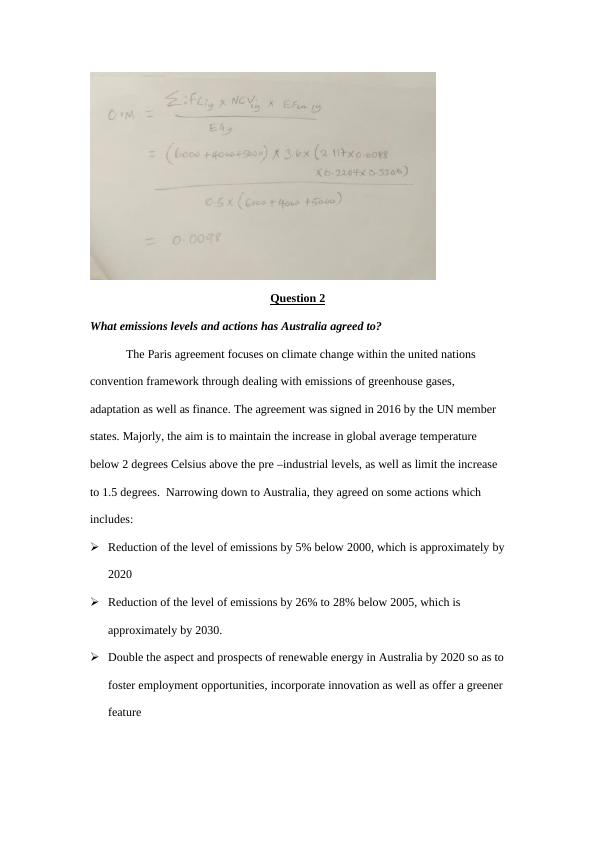Smart Energy | Assignment-1
Compute the simple operating margin CO2 factor for different system load scenarios and analyze emissions levels and actions in Australia based on the Paris Climate Agreement.
9 Pages1654 Words20 Views
Added on 2022-09-05
Smart Energy | Assignment-1
Compute the simple operating margin CO2 factor for different system load scenarios and analyze emissions levels and actions in Australia based on the Paris Climate Agreement.
Added on 2022-09-05
ShareRelated Documents
End of preview
Want to access all the pages? Upload your documents or become a member.
The Kyoto Protocol Agreement: Objectives, Mechanisms, and Comparison with Paris Climate Agreement
|10
|1801
|275
Overcoming Barriers to Large-Scale Renewable Energy: Managing Greenhouse Gas Emissions
|9
|2705
|287
Renewable Energy vs. Coal-fired Power Station (Doc)
|17
|2973
|58
Economic Theories and Concept - Assignment
|8
|1488
|25
Australian Current Policy on Renewable Energy Report
|17
|4391
|31
Physics | Practical Application of Renewable Energy Technology
|9
|1331
|18



